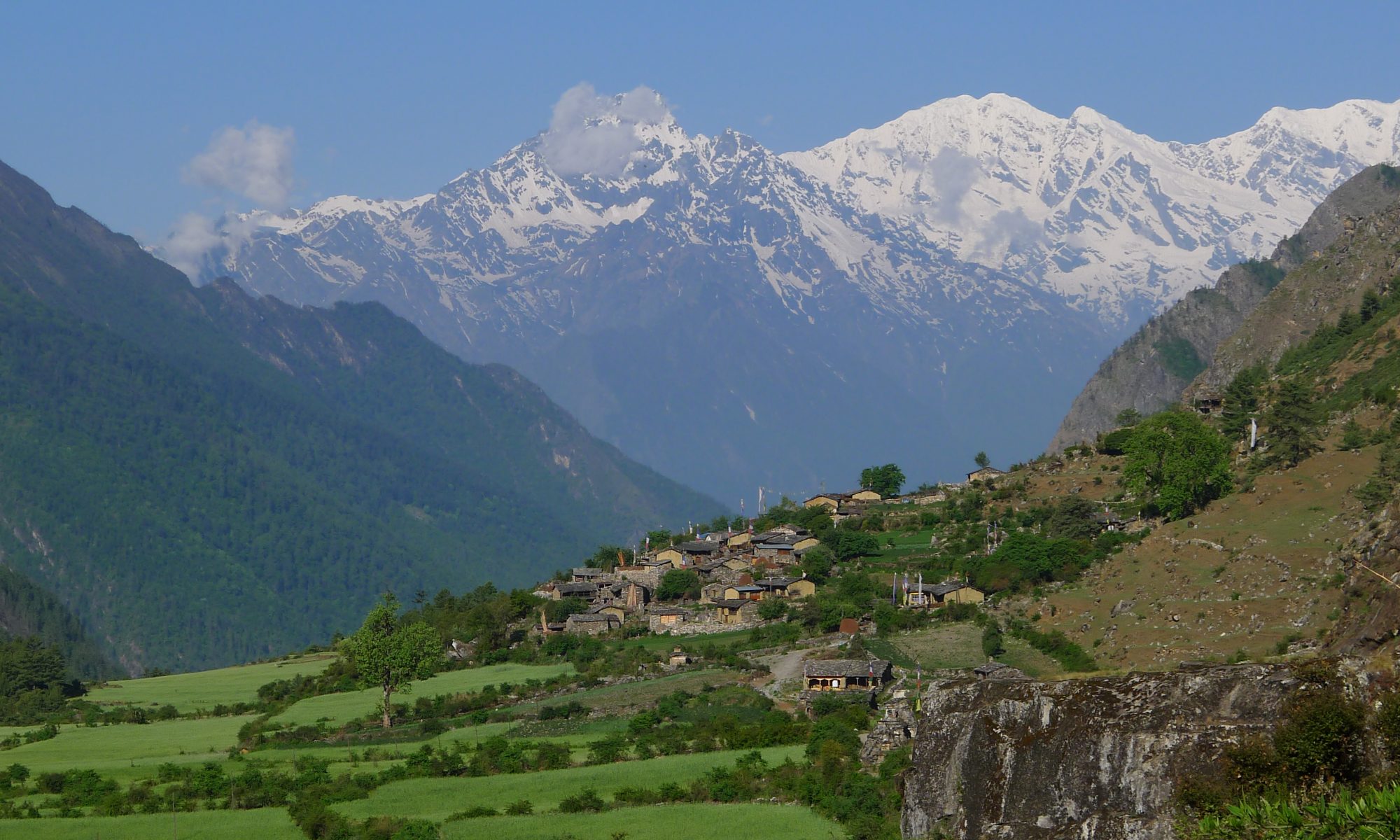Manange is a TGTM (Tamangic) language spoken in eight villages of the upper Manang District in central-northern Nepal (Gandaki Zone, 28° 40’ N; 84° 1’ E). Sister languages in TGTM include Tamang, Gurung, Thakali, Nar-Phu and Seke/Tangbe. The name Manange is composed of Manang ‘the people below’ and kje ‘voice, language.’ Alternative endonyms include Nyeshang, Nyeshante, and Nyangmi. The Ethnologue ISO 639 assigned to Manange is NMM Published reports on speaker populations range from 400 to 5,000. In some reports, Manange is lumped in with Gurung. More recent research estimates some 2,000-3,000 active speakers distributed across upper Manang, with roughly the same number of ethnic group members living in Kathmandu and abroad. The goal of this collection is to assemble a variety of texts, representing different genres, from different speakers of Manange who either had been born and raised in one of the main villages affiliated with their language, or else who had migrated to other regions of Nepal. There is no established community orthography for Manange. Therefore, the representation of the language is in IPA and the translations include English and Nepali (the main contact language). These materials comprise a portion of a larger language documentation project taking place in Manang, Nepal (National Science Foundation DEL1149639 and Hans Rausing ELDP Small Grant SG0025). All materials were collected and are archived with speaker permission, and all recording practices confirm to standard Informed Consent protocols authorized by the institution hosting this language documentation project. Selected References Hildebrandt, K.A. 2013. Manange (South Asia): A language sketch, in Carol Genetti (ed.) How Languages Work, U.K.: Cambridge: Cambridge University Press, 404-423. Hildebrandt, K.A. 2012. Acoustic and articulatory analysis of tone in four languages of Nepal. Paper presented at the 45th International Conferece on Sino-Tibetan Languages and Linguistics, Singapore, October 26-28, 2012. Hildebrandt, K.A. 2009. Loanwords in Manange, a Tibeto-Burman language of Nepal. Martin Haspelmath & Uri Tadmoor (eds.) Loanword Typology, p. 447-470. Berlin: Mouton de Gruyter. Hildebrandt, K.A. 2007a Manange. Yaron Matras & Jeanette Sakel (eds.) Grammatical Borrowing in Cross-linguistic Perspective, p. 283-300. Berlin: Mouton de Gruyter. Hildebrandt, K.A. 2007b. Tone in Tibeto-Burman Languages: Typological and sociolinguistic approaches. Matti Miestamo & Bernhard Wälchli (eds.) New Trends in Typology: Young Typologists’ Contributions to Linguistic Theory, 67-90. Berlin: Mouton de Gruyter. Hildebrandt, K.A. 2005. A phonetic analysis of Manange segmental & suprasegmental properties. Linguistics of the Tibeto-Burman Area 28.1: 1-36. Hildebrandt, K.A. 2004. A grammar and dictionary of the Manange language. Carol Genetti (ed.), Tibeto-Burman Languages of Nepal: Manange and Sherpa, 2-189. Canberra: Pacific Linguistics. Hildebrandt, K.A. 2003. Manange Tone: Scenarios of Retention and Loss in Two Communities. UC Santa Barbara. Dissertation. Hildebrandt, K.A., D.N. Dhakal, O. Bond, M. Vallejo and A. Fyffe. 2015. A sociolinguistic survey of the languages of Manang, Nepal: Co-existence and endangerment. NDFIN Journal 14.6: 104-122. Hoshi, M. 1986a. An outline of the Prakaa grammar—A dialect of the Manange language, Anthropological and Linguistic Studies of the Gandaki area in Nepal. Tokyo: Institute for the Study of Language and Cultures of Asia and Africa, 187–317. Hoshi, M. 1986b. A Prakaa vocabulary: a dialect of the Manang language, Anthropological and Linguistic Studies of the Gandaki Area in Nepal 2, Tokyo: Institute for the Study of Languages and Cultures of Asia and Africa, 133–202.
ISO 639-3: nmm
Glottocode: mana1288
